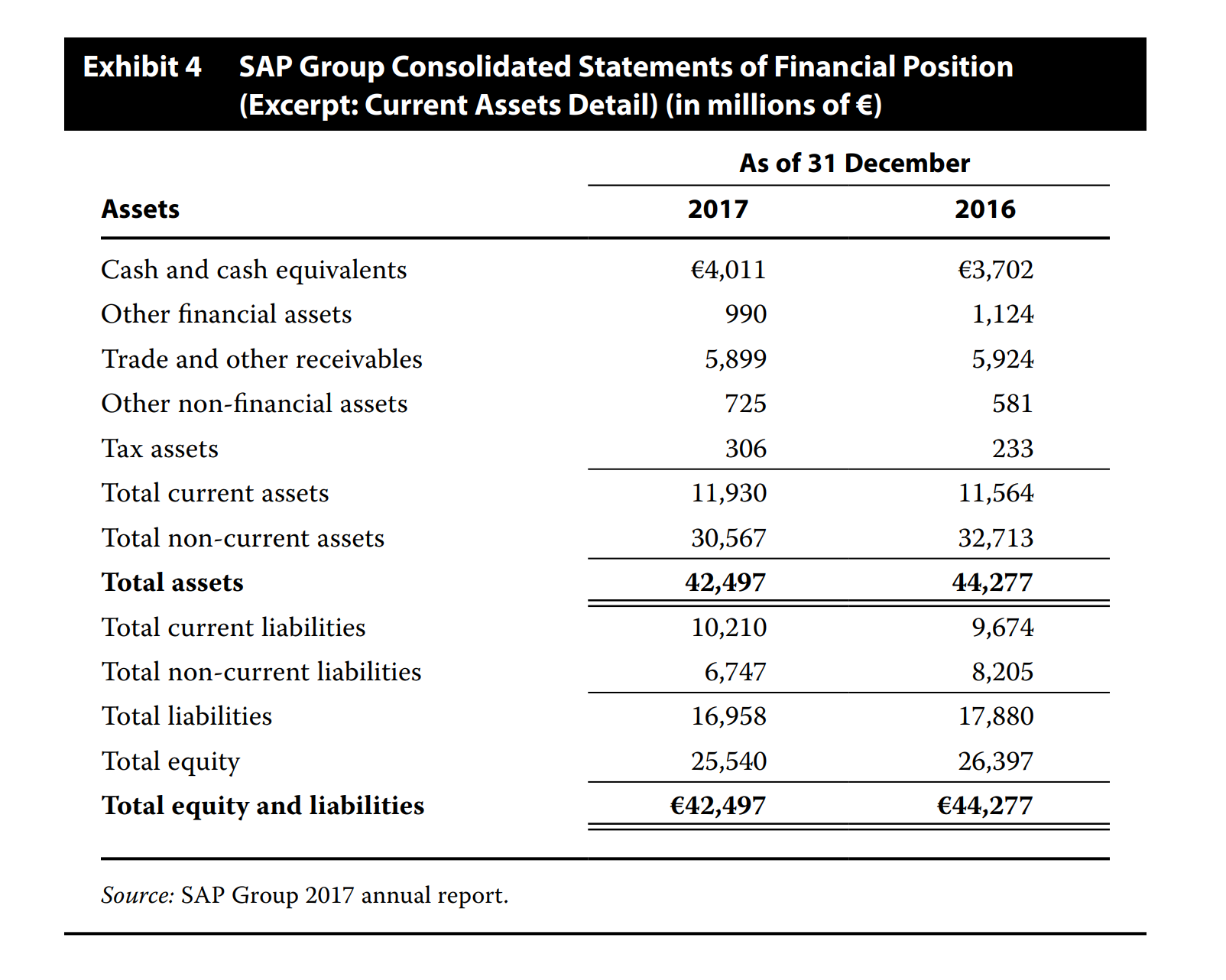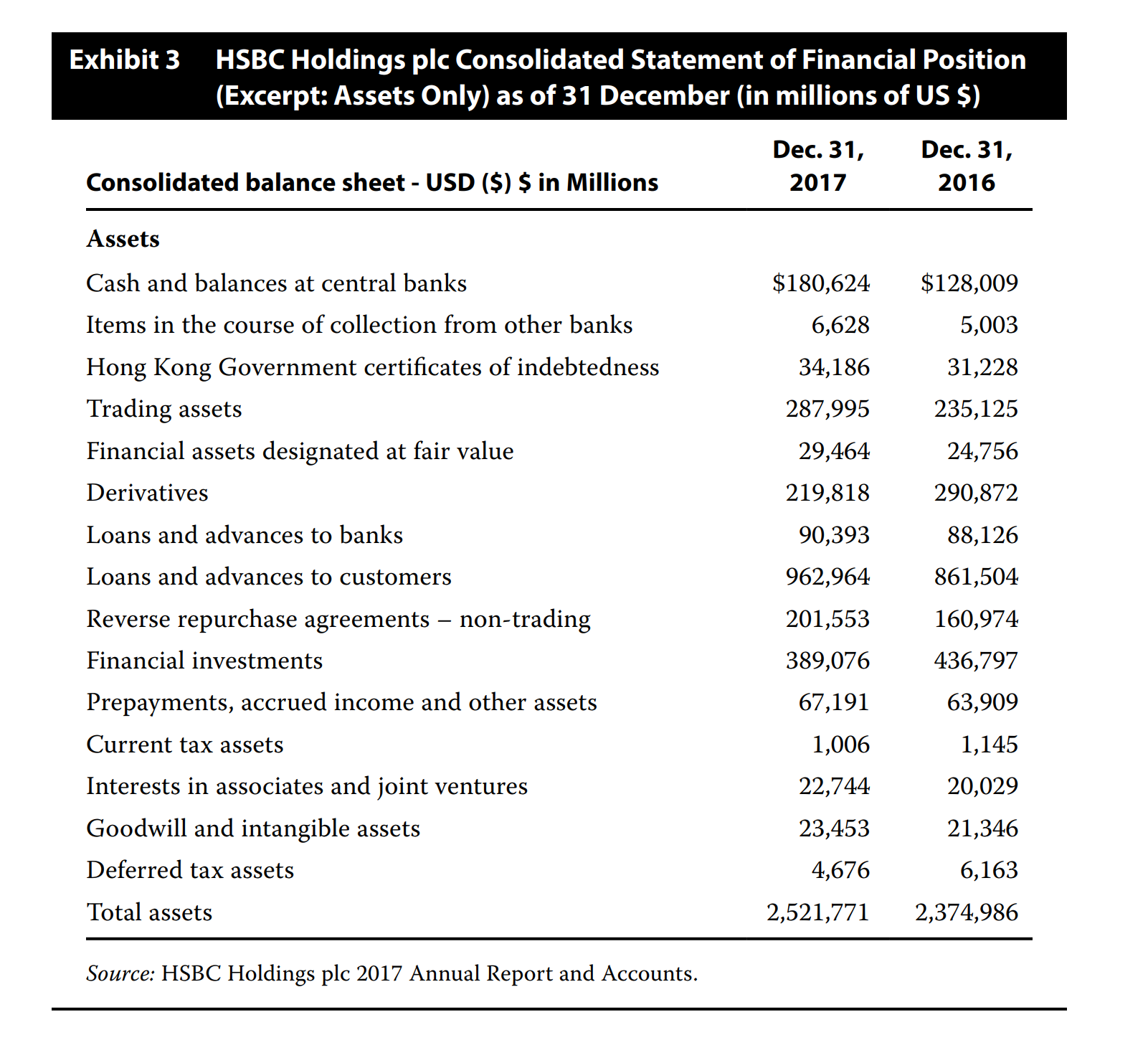NO.PZ2016012101000069
问题如下:
Distinguishing between current and non-current items on the balance sheet and presenting a subtotal for current assets and liabilities is referred to as:
选项:
A. a classified balance sheet.
B. an unclassified balance sheet.
C. a liquidity-based balance sheet.
解释:
A is correct.
A classified balance sheet is one that classifies assets and liabilities as current or non-current and provides a subtotal for current assets and current liabilities. A liquidity-based balance sheet broadly presents assets and liabilities in order of liquidity.
解析:A选项就是一般的B/S,按照current, non-current来分类资产和负债。C选项liquidity-based是不按照current & non-current分类的,只是将流动性从大到小的顺序排列。B选项是指只是笼统地将各种账户分成资产、负债和所有者权益三个大类的资产负债,我们学的报表没有这种分类形式的。
current和non-current到底翻译成中文是什么?回答还用这两个英文那不是跟没回答一样!要是翻译成流动和非流动为什么c的基于流动性分类不对?







